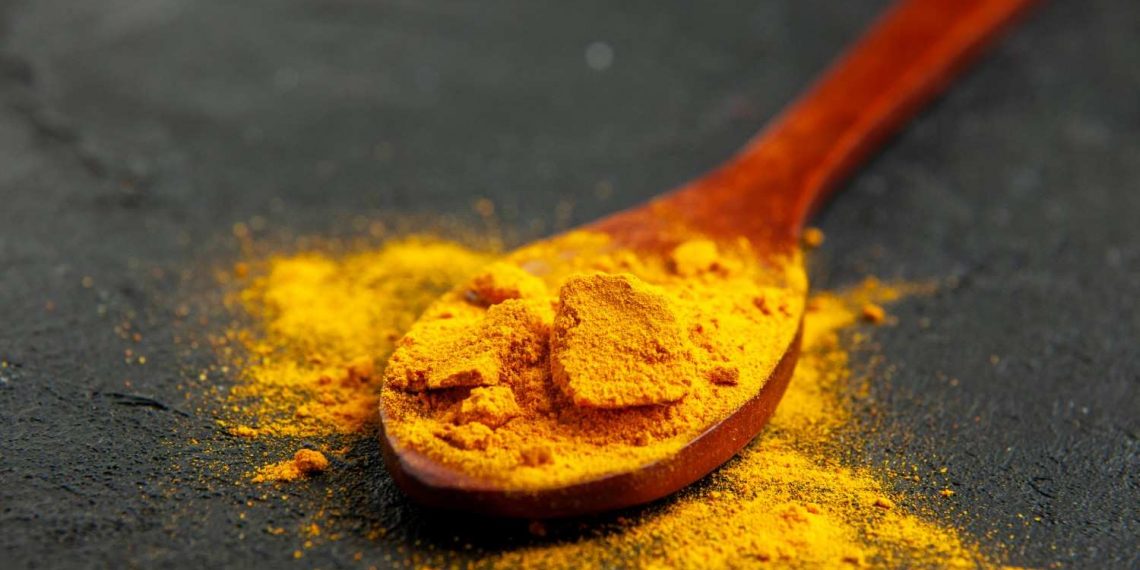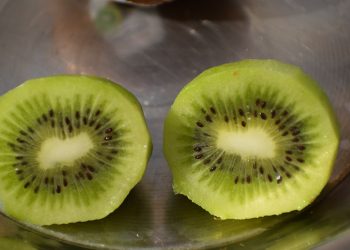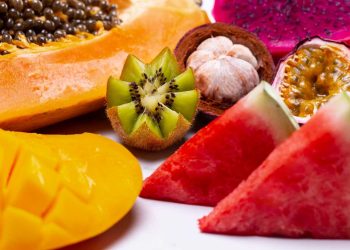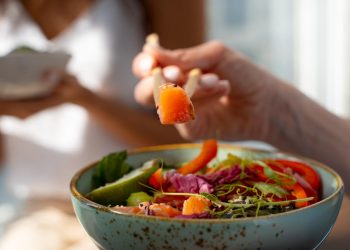Contents
- Tendon Soothing Teas: What They Are And Why They Matter
- How Tendon Soothing Teas Work: Science Meets Comfort
- 1. Reduce Inflammation Naturally With Turmeric And Ginger
- 2. Ease Tendon Pain With Green Tea’s Antioxidants
- 3. Calm Tissue And Mind With Chamomile And Lavender
- 4. Promote Circulation With Cayenne And Willow Bark
- 5. Support Collagen With Bone Broth And Rose Hip
- 6. Target Local Pain With Topical Tea Compresses
- 7. Use Teas As Part Of A Broader Recovery Strategy
- How To Make Effective Tendon Soothing Teas At Home
- Evidence And Expert Thoughts On Tendon Soothing Teas
- Real People, Real Results
- How To Incorporate Tendon Soothing Teas Into Treatment Plans
- Bottom Line
- FAQ
Tendon Soothing Teas: What They Are And Why They Matter
Tendon soothing teas are herbal infusions brewed to calm inflamed tendons, reduce pain and help you move without that constant ache. They’re not a miracle cure. They are smart, gentle tools you can add to your daily routine that complement treatment, rest, and physical therapy.
You feel it when you reach, lift, or run. Tendons ache. That tug of stubborn pain costs you sleep, patience and the simple pleasure of being active. If you’re fed up with prescriptions that leave you foggy or expensive treatments that don’t stick, a cup of carefully chosen tea might be exactly the practical comfort your body craves.
How Tendon Soothing Teas Work: Science Meets Comfort
Herbs in tendon soothing teas act on inflammation, pain signaling and tissue repair. Compounds like curcumin in turmeric, gingerols in ginger and epigallocatechin gallate in green tea are well studied for their anti-inflammatory and antioxidant actions. Clinical reviews show that these compounds can reduce markers of inflammation and may improve pain scores when used thoughtfully alongside standard care.
Tendon pain often involves microtears and a localized immune response. A calming tea can lower inflammatory signaling and help your body switch from constant alert to steady healing. Think of tendon soothing teas as a small, reliable nudge toward repair.
1. Reduce Inflammation Naturally With Turmeric And Ginger
Turmeric and ginger are the heavy lifters in the herbal lineup. Curcumin targets inflammatory pathways, and ginger reduces pain signaling with results reported in multiple clinical reviews. Brew them together with black pepper to increase absorption — the piperine in black pepper makes curcumin more available to your body.
A soothing cup after activity can quiet down the ache and help you sleep. Use organic roots when possible. Simmer them briefly to extract more active compounds and strain before you sip.
2. Ease Tendon Pain With Green Tea’s Antioxidants
Green tea’s catechins, especially EGCG, pack antioxidant power. Research in respected journals suggests green tea reduces inflammation and supports tissue health. It’s not a replacement for rehab, but it’s a gentle daily ally.
Drink green tea mindfully. Too much caffeine can make pain feel worse for some people, so try decaffeinated versions if sensitivity is an issue.
3. Calm Tissue And Mind With Chamomile And Lavender
Chamomile and lavender aren’t flashy, but they soothe the nervous system and reduce inflammatory responses. When your body relaxes, your pain thresholds often change for the better.
A nighttime cup of chamomile-lavender blend can reduce stress, help your muscles and tendons relax, and improve sleep — which is a crucial part of healing.
4. Promote Circulation With Cayenne And Willow Bark
Cayenne helps by promoting circulation and delivering warmth to tissues, which can speed healing in some cases. Willow bark is nature’s aspirin and has been used for centuries for pain relief. Together, they can be a focused remedy for stubborn tendon soreness.
Be cautious with dose and with any blood-thinning medications. Talk to your provider if you take prescriptions. These herbs are potent; respect them.
5. Support Collagen With Bone Broth And Rose Hip
Tendons rely on healthy collagen. Bone broth provides building blocks. Rose hip delivers vitamin C and antioxidants that support collagen synthesis. A savory broth or a rose-hip infusion can help the structural repair of tendinous tissue over weeks, not hours.
Consistent nutritional support matters. These teas and broths are long-game allies, not immediate anesthetics.
6. Target Local Pain With Topical Tea Compresses
You can steep tendon soothing teas into strong infusions, cool them, and use the liquid in compresses. A warm compress with turmeric-ginger infusion applied for 10–15 minutes can combine circulatory benefits with local anti-inflammatory action.
Topical use is a clever way to deliver herbs directly where they hurt. It’s simple, cheap and worth a try if oral intake is limited by interactions or taste.
7. Use Teas As Part Of A Broader Recovery Strategy
Teas alone won’t rebuild a torn tendon. They shine when used with physical therapy, targeted exercise, appropriate rest and medical guidance. Think of tendon soothing teas as part of an integrated plan that includes stretching, eccentric loading exercises, load management and professional advice.
A cup before rehab or after gentle movement can reduce soreness and improve your ability to stick with the routine that heals.
How To Make Effective Tendon Soothing Teas At Home
Start with quality herbs. Use organic turmeric, fresh ginger, quality green tea leaves, or whole chamomile flowers. For strong anti-inflammatory effect, simmer roots (turmeric, ginger) for at least 10 minutes and add a pinch of black pepper.
Here’s a simple recipe to try:
- Simmer 1 cup water with 1 teaspoon grated turmeric and 1 teaspoon grated ginger for 10 minutes.
- Add 1/4 teaspoon black pepper and steep for 5 minutes.
- Strain, add honey or lemon if you like, and sip warm.
Make a batch, store in the fridge for up to 48 hours, and warm before use. Rotate blends so you gain a range of beneficial compounds from different herbs.
Safety, Interactions And When To See A Professional
Herbs interact with medications. Turmeric and willow bark can affect blood clotting. Ginger can interact with blood pressure meds. If you take prescription drugs, check with a clinician before ramping up herbal intake.
If tendon pain is severe, sudden, or accompanied by swelling, redness or loss of function, see a healthcare provider promptly. Tendon ruptures require urgent care.
Practical Tips To Make Teas Work For Your Life
- Make tea part of a ritual: a morning cup or a bedtime routine helps consistency.
- Keep a tea journal: note which blends reduce pain and which don’t.
- Combine with movement: sip a calming cup after a gentle stretching session.
- Layer therapies: use topical compresses on flare days and restorative broths after workouts.
Consistency matters. Your tendons heal over weeks and months. Small daily habits add up.
Evidence And Expert Thoughts On Tendon Soothing Teas
Scientific reviews highlight curcumin’s role in reducing inflammatory markers and improving pain in musculoskeletal conditions. Clinical evidence supports green tea’s antioxidant benefits for tissue health. Complementary medicine experts often recommend integrating herbal anti-inflammatories with conservative treatment for tendonitis, and sports medicine clinicians recognize that lifestyle and nutrition influence recovery.
If you want digging into studies, read systematic reviews on curcumin and anti-inflammatory herbs published in peer-reviewed journals and reputable health sources that discuss both benefits and limitations.
Real People, Real Results
I’ve talked with people who say steady, gentle use of tendon soothing teas reduced their daily discomfort and helped them adhere to rehab. One runner I know swapped late-night ibuprofen for a chamomile-turmeric blend and regained better sleep and lower morning stiffness. Another patient used targeted compresses with ginger and found her wrist healed enough to reduce splint time.
These are individual stories, not guarantees. But they illustrate a pattern: when herbs are used intelligently and consistently, they often help reduce pain and support recovery.
How To Incorporate Tendon Soothing Teas Into Treatment Plans
Talk to your clinician about adding herbal teas to your plan. Ask about interactions and recommended dosages. If you’re working with a physical therapist, coordinate timing so tea supports your rehab sessions rather than masking pain that signals you to stop an activity.
Set realistic goals: less pain while doing rehab, fewer sleepless nights, and gradual return to activities you love. Track progress and adjust herbs based on results.
Bottom Line
Tendon soothing teas are practical, low-risk allies that reduce inflammation, ease pain and support tendon repair when used alongside medical care and rehabilitation. They’re not a substitute for proper diagnosis or therapy, but they are a comforting, evidence-backed tool you can brew in your kitchen every day. Try a turmeric-ginger infusion, sip green tea mindfully, and use compresses when flare-ups happen. Be safe about interactions and work with your healthcare team. Your tendons can respond to steady care. A warm cup can help you stay the course.
Stay persistent. You deserve to move without the constant ache.
FAQ
Can tendon soothing teas cure tendonitis?
No. Tendon soothing teas support recovery by reducing inflammation and pain, but they do not replace medical treatment, physical therapy or surgery when those are needed. Use them as part of a broader plan.
Are these teas safe with my medications?
Some herbs interact with medications, especially blood thinners and blood pressure drugs. Always check with your provider before starting a regular herbal regimen.
How long before I see results?
Some people notice reduced soreness within days; structural healing of tendons can take weeks to months. Use teas consistently and pair them with rehab for the best outcomes.
Can I apply these teas topically?
Yes. Strong infusions can be cooled and used as compresses. Topical use can deliver compounds directly to the affected area and add warming or cooling benefits depending on the herbs used.
References
- The National Institutes of Health provides a comprehensive overview of turmeric and curcumin research and its effects on inflammation (http://www.nih.gov/).
- Harvard Health Publishing explains the health benefits and limits of green tea and its antioxidant properties (http://www.health.harvard.edu/).
- The Mayo Clinic outlines potential interactions and safety considerations for popular herbal supplements like ginger and willow bark (http://www.mayoclinic.org/).
Get Your FREE Natural Health Guide!
Subscribe now and receive our exclusive ebook packed with natural health tips, practical wellness advice, and easy lifestyle changes — delivered straight to your inbox.















